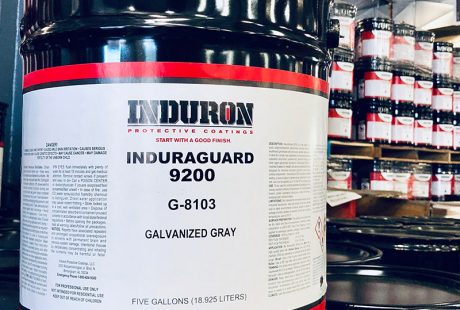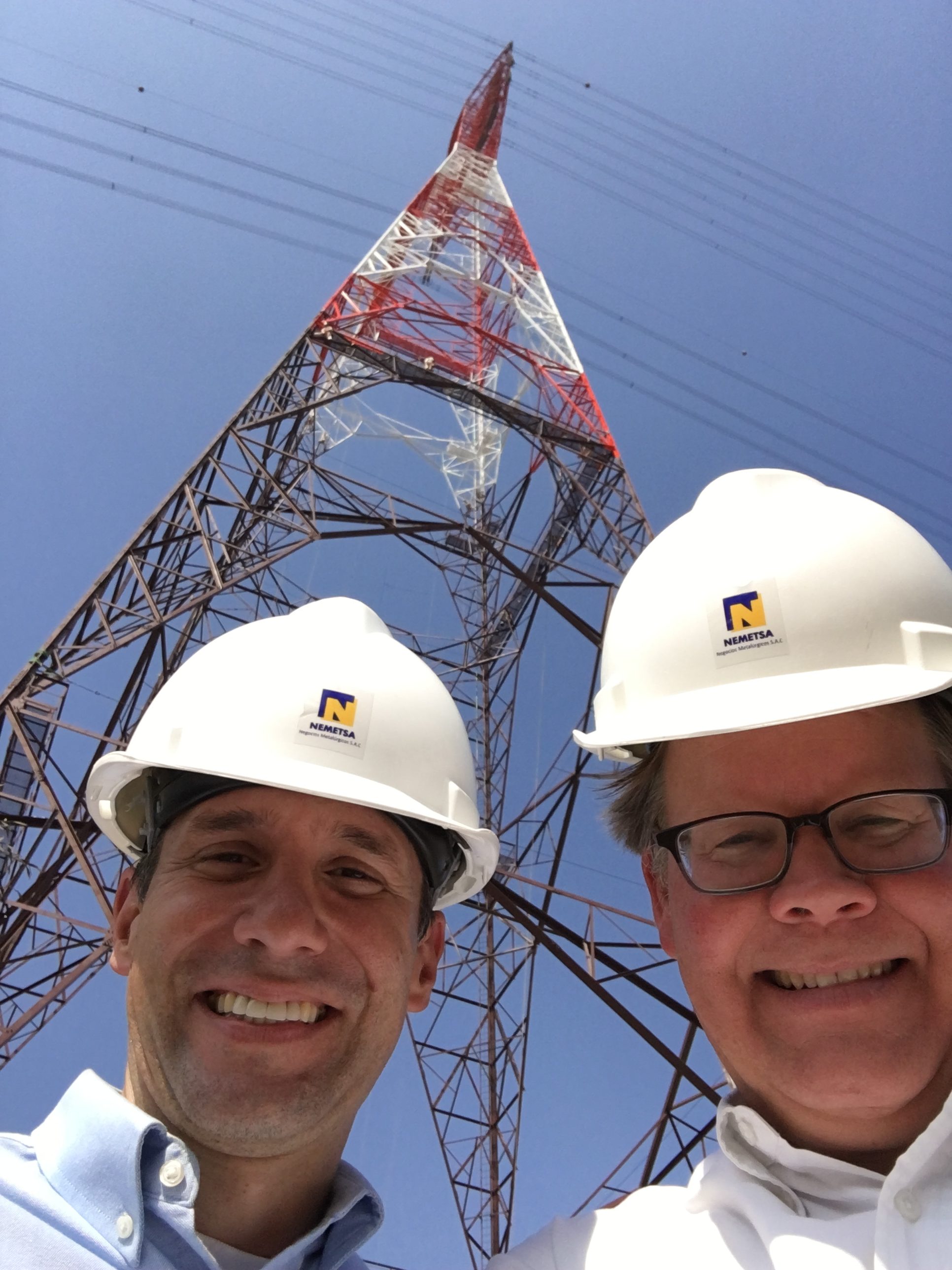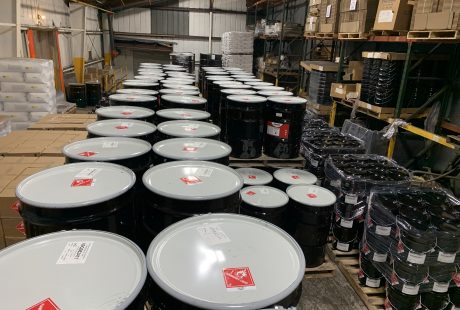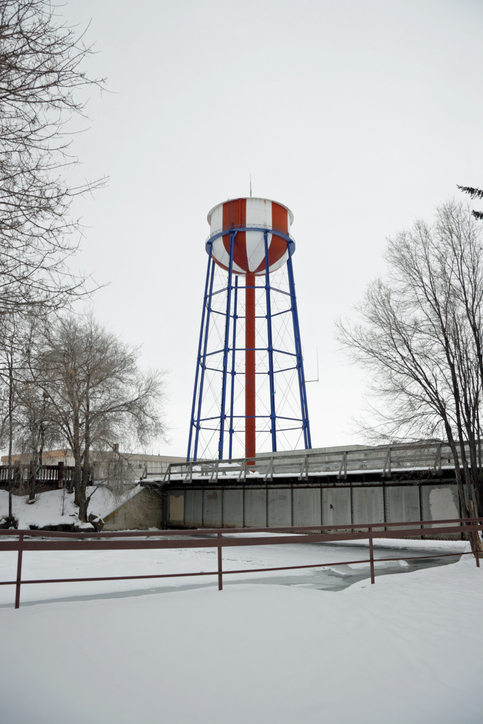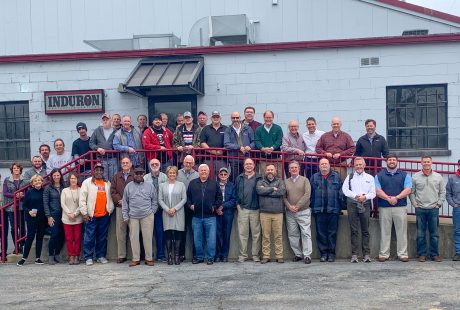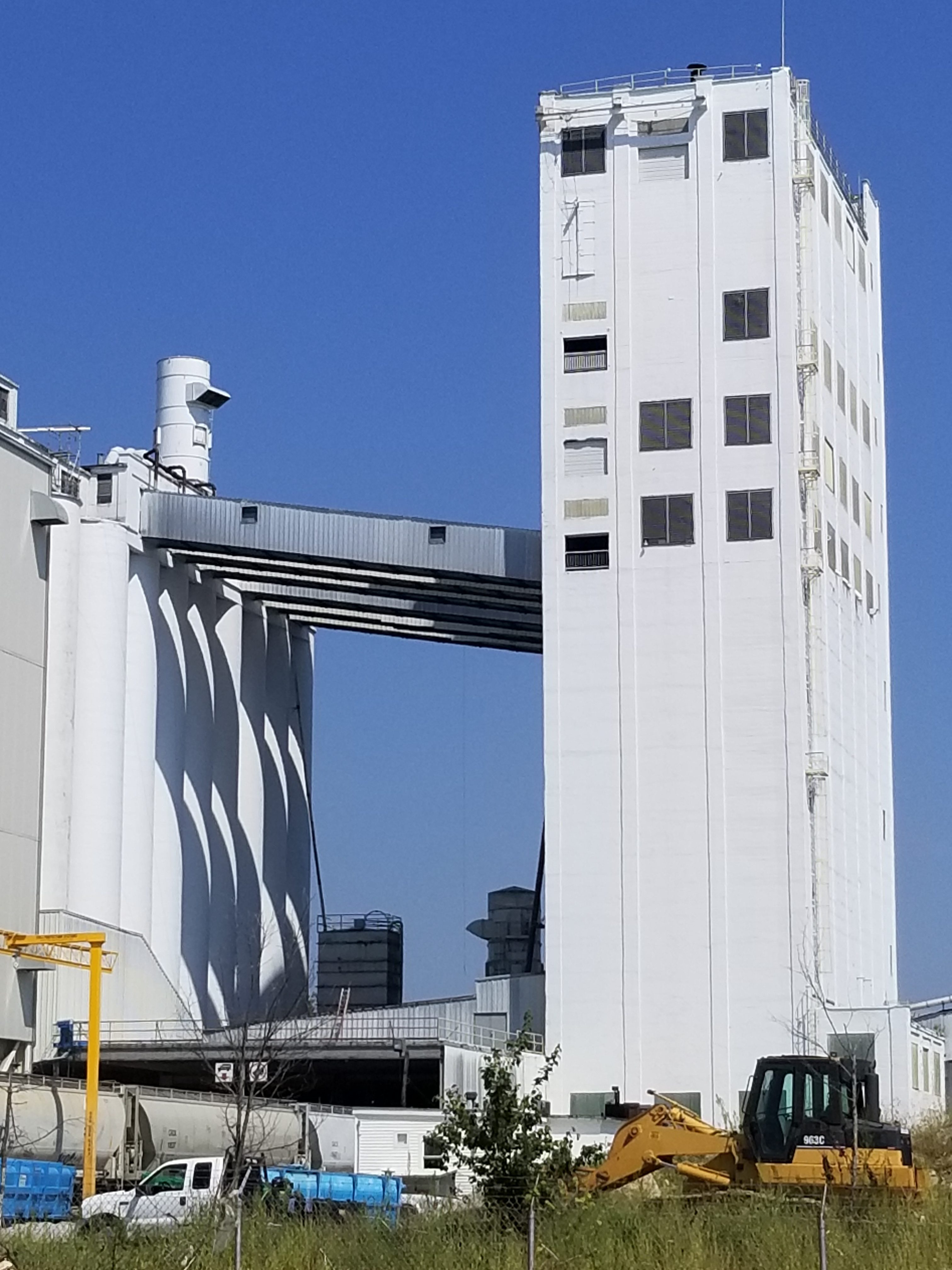WHY are you hearing this now?
The recent FERC ruling outlined the specific requirements for obtaining CapEx treatment when revitalizing towers.
FERC (Federal Energy Regulatory Commission) Update Enables Capitalization of T&D Coatings Initiatives
Formerly, utility companies could include replacement costs for transmission towers and poles in their capitalization, but corrosion control for these assets was excluded. A groundbreaking shift introduced by the Federal Energy Regulatory Commission now allows utility providers to categorize corrosion control programs (coating programs) for transmission structures as a “significant addition,” thereby enabling them to capitalize these expenses for accounting purposes. This alteration is poised to significantly impact the condition of the nation’s aging electric utility infrastructure.
On February 22, 2022, the Federal Energy Regulatory Commission (FERC) approved a utility company’s proposal to classify their tower coating programs as “substantial additions.” The order (1) clarifies, “The Commission has previously permitted utilities to consider the addition of minor property items that were previously absent as substantial additions and to capitalize the related costs when such costs extend the useful life, operational capacity, or efficiency of the associated retirement units.” Utility companies are now authorized to capitalize on the costs linked with corrosion control. This change aligns with generally accepted accounting principles (GAAP) and offers various financial advantages, including a more balanced assets-to-liabilities ratio and reduced income fluctuations.
In numerous instances, corrosion control solutions such as coatings have been repeatedly applied to structures, demonstrating anticipated performance and proven outcomes. Corrosion control coating programs, such as Induraguard 9200, possess the capacity to effectively prolong the service life of structures indefinitely.
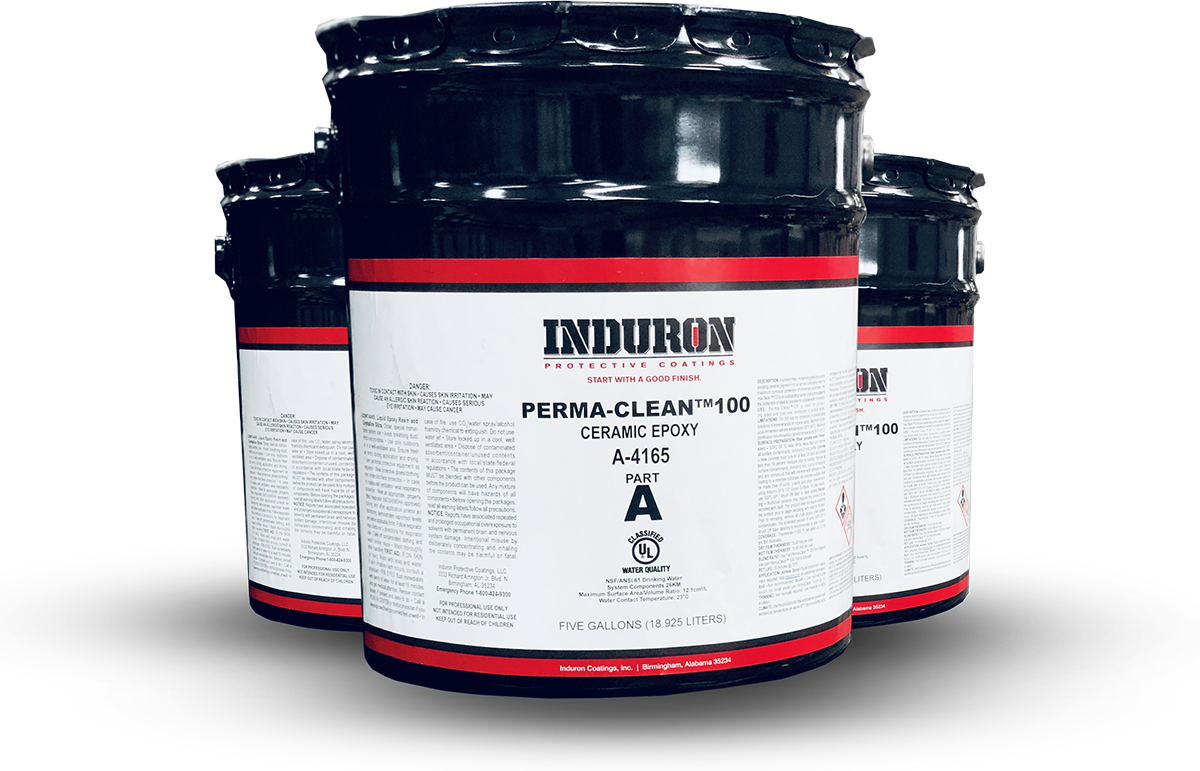 For more than 10 years, Perma-Clean 100 Ceramic Epoxy has been Induron’s flagship product for lining potable water storage tanks. The product offers proven performance with features such as minimal undercutting, high film build, low permeability and a non-ablative surface. These attributes are delivered through an environmentally-conscious, solvent-free epoxy coating modified with ceramic pigments. Continue reading Application Instruction: Perma-Clean 100
For more than 10 years, Perma-Clean 100 Ceramic Epoxy has been Induron’s flagship product for lining potable water storage tanks. The product offers proven performance with features such as minimal undercutting, high film build, low permeability and a non-ablative surface. These attributes are delivered through an environmentally-conscious, solvent-free epoxy coating modified with ceramic pigments. Continue reading Application Instruction: Perma-Clean 100 




